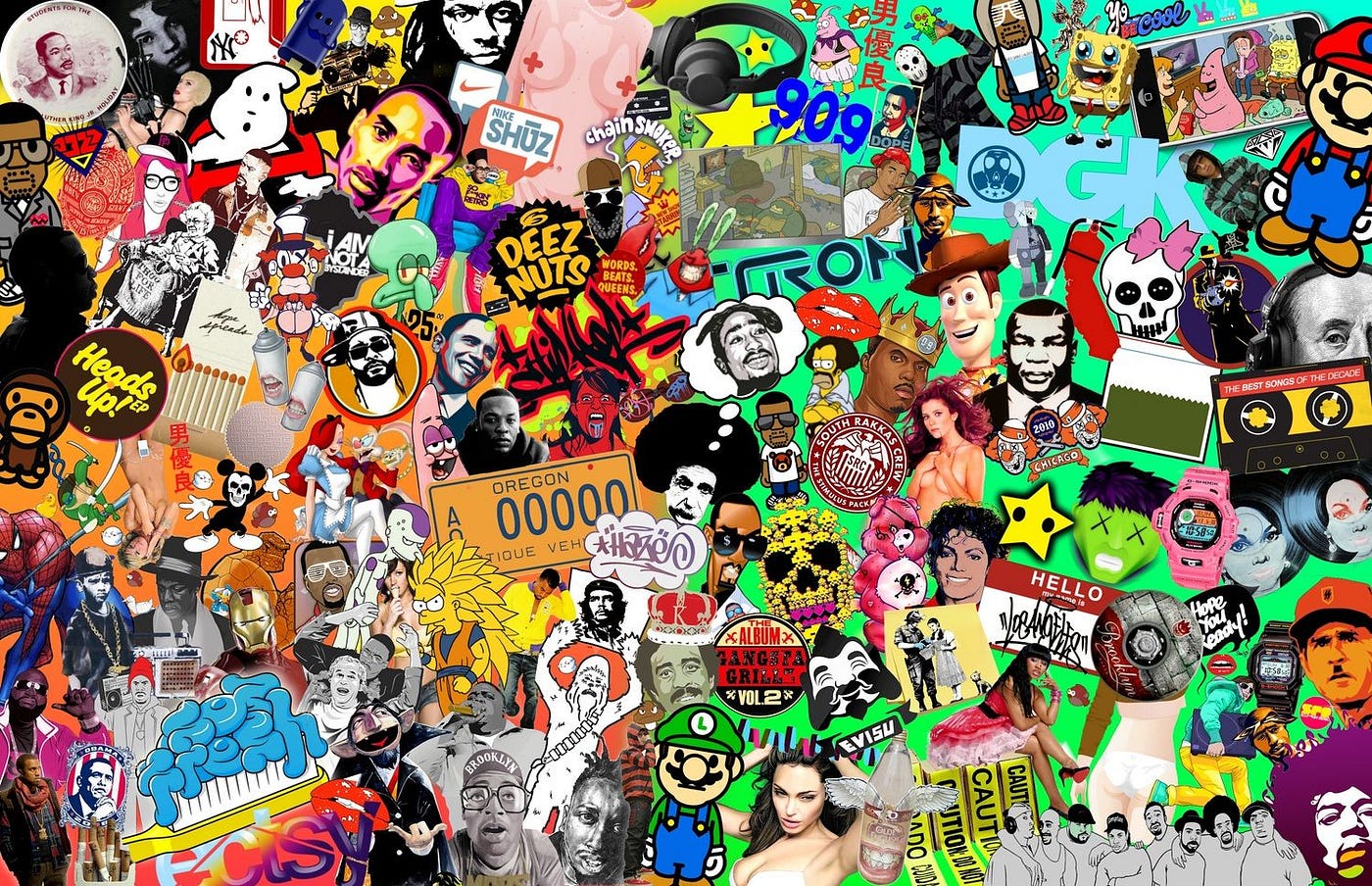Aixuze Insights
Explore the latest trends and insights on diverse topics.
When Memes Become History
Explore how memes shape our culture and influence history! Discover the stories behind the laughter and their lasting impact.
The Evolution of Memes: From Humor to Historical Significance
The concept of memes has undergone a remarkable transformation since its inception. Originally defined by biologist Richard Dawkins in 1976 as units of cultural information that spread from person to person, memes have evolved to encompass a broad spectrum of digital expressions. Initially, memes served primarily as a form of humor—think funny images with captions that captured the absurdities of everyday life. With the rise of social media, these humorous creations proliferated, often taking on viral qualities that transcended geographic boundaries. This ease of sharing has allowed memes to become not only a source of laughter but also a medium for commentary and critique on social issues.
As we delve deeper into the historical significance of memes, it becomes clear that they have transcended mere entertainment. Memes now facilitate the rapid dissemination of information and cultural narratives, acting as modern-day folklore. They allow people to engage with and respond to current events, making complex subjects more digestible and relatable. For instance, the use of memes during political campaigns or social movements emphasizes their power in shaping public perception and driving conversations. In this way, the evolution of memes represents a unique intersection of humor, communication, and history, enriching our understanding of cultural dynamics in the digital age.

How Memes Shaped Cultural Narratives in the 21st Century
In the 21st century, memes have emerged as a powerful tool for shaping cultural narratives, thanks to the rapid expansion of social media platforms. Unlike traditional forms of communication, memes possess the unique ability to distill complex ideas into simple, humorous, and often relatable images or phrases. This immediacy and accessibility allow them to transcend geographical and linguistic barriers, enabling collective discussions around social issues, politics, and global events. The viral nature of these digital artifacts means that they can spread like wildfire, influencing public opinion and even inspiring movements. For instance, hashtags paired with iconic memes have played pivotal roles in movements such as #MeToo and Black Lives Matter, showcasing how they can catalyze social change.
Moreover, memes have not only influenced public discourse but have also reframed the way we perceive cultural phenomena. By satirizing or highlighting certain aspects of society, they invite audiences to question prevailing narratives and rethink their own beliefs. This has led to a new form of storytelling that prioritizes community engagement over traditional media formats. As a result, memes have become integral to the cultural fabric of our time, serving as both commentary and conversation starters. In this way, they not only reflect current sentiments but also actively participate in shaping the ongoing cultural narrative of the 21st century.
What Can Memes Teach Us About Society and History?
Memes serve as a fascinating lens through which we can examine various facets of society and history. As cultural artifacts, they encapsulate collective experiences, sentiments, and ideologies, often in a humorous or satirical format. The viral nature of memes allows for rapid dissemination of ideas, enabling them to reflect the zeitgeist of a particular era. For instance, during political upheavals or social movements, memes can amplify voices and foster community engagement, illustrating how humor can motivate action and reshape narratives.
Furthermore, examining the evolution of memes over time reveals shifts in societal values and norms. From early internet memes that focused on niche interests to contemporary memes that address serious issues like climate change and inequality, these digital artifacts demonstrate how humor adapts to ongoing challenges. As we analyze these memes, we gain insight into the collective consciousness—what we find funny, what we fear, and how we communicate. Essentially, memes not only entertain us but also serve as a time capsule of shared experiences and evolving societal perspectives.